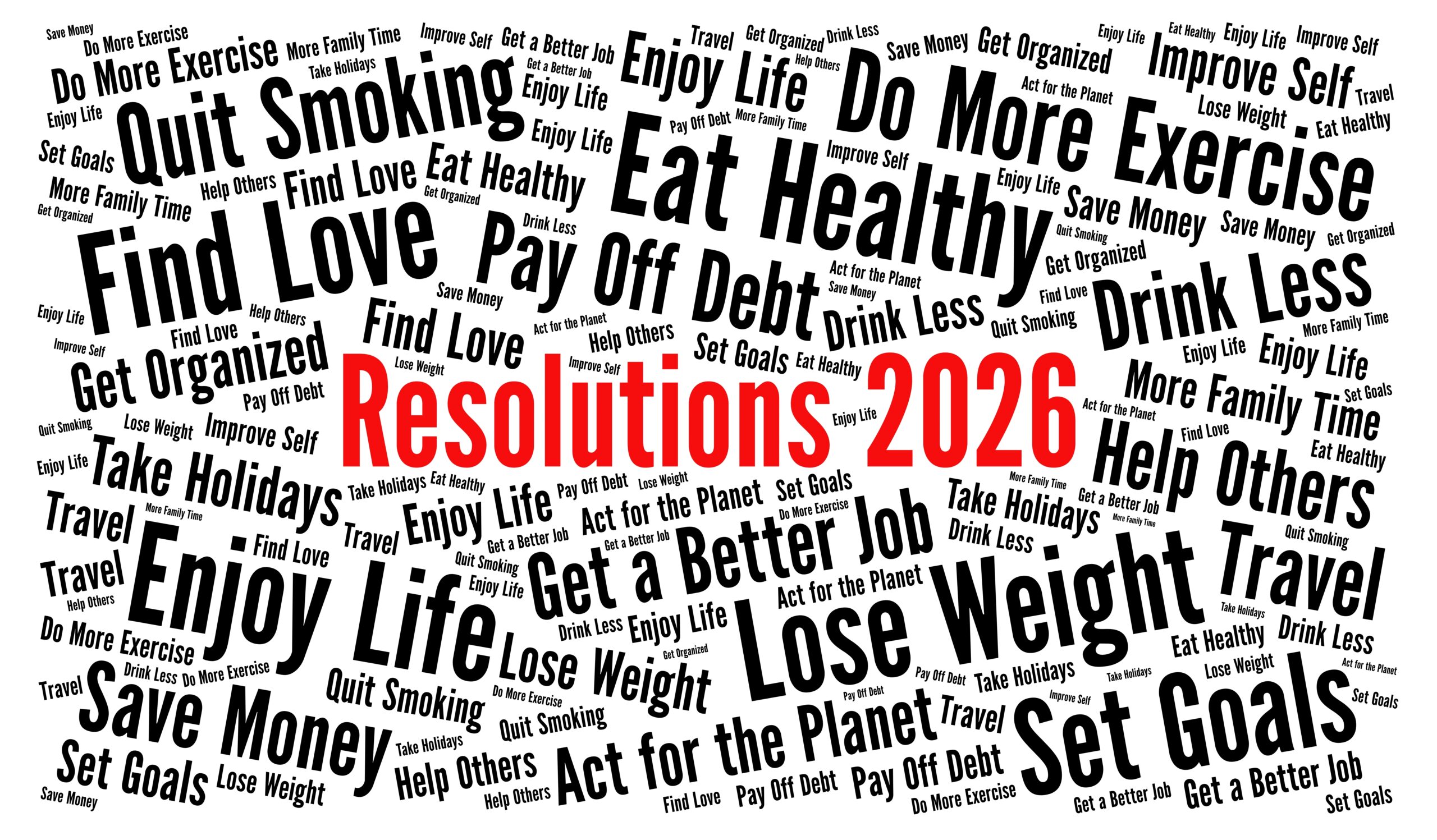Imagine starting your workday feeling energized, focused, and motivated. You arrive at the office, grab a healthy snack from the kitchen, and head to your standing desk. Throughout the day, you take breaks to stretch or meditate in the company’s wellness room. After work, you join a group of colleagues for a fun fitness challenge, tracking your steps on the company-provided fitness tracker.
This scenario may sound like a dream for many employees, but it’s becoming a reality for companies that prioritize workplace health and wellness. If a company’s HR department can foster a culture of well-being, organizations can create a happier, more productive workforce while reducing healthcare costs and improving retention.
Why Workplace Health and Wellness Matters
Employee health and wellness programs benefit both workers and employers. For employees, these initiatives improve overall well-being, productivity, morale, and work-life balance. For companies, wellness programs reduce healthcare costs, absenteeism, and turnover while boosting retention and company culture.
Workplace wellness impacts more than just physical health. Employees who prioritize well-being experience better quality of life, job satisfaction, and work-life balance. Studies show a direct link between employee health and job performance, engagement, and productivity.
For Employees
HR is vital in creating a healthy work environment by designing and implementing comprehensive wellness initiatives tailored to the workforce’s diverse needs. Prioritizing employee health attracts and retains top talent, as job seekers increasingly value companies that care about their humanity and well-being.
As workforce demographics shift, younger generations increasingly value holistic well-being. A Gallup survey found that 59% of millennials consider a company’s wellness offerings when choosing a job. Companies offering comprehensive wellness programs gain a competitive edge in attracting and retaining top talent.
For Employers
A study by the Centers for Disease Control and Prevention (CDC) found that employees with one of the five risk factors or conditions (smoking, physical inactivity, obesity, hypertension, and diabetes) had higher rates of absenteeism, costing employers over $2 billion each year.
So how can employers and HR departments create attractive wellness programs?
Innovative Ideas for Workplace Wellness
To effectively promote workplace wellness, HR can explore innovative, engaging goals and choose approaches that resonate with employees:
Gamification and Challenges
Fitness competitions and step challenges tap into people’s competitive nature, making wellness fun and engaging. For example, companies can organize team-based step challenges using fitness trackers with prizes or recognition for the winning team. This not only encourages physical activity but also fosters a sense of camaraderie and teamwork.
Wearable Technology
Integrating wearable fitness trackers into wellness programs allows for personalized goal-setting and progress tracking. Employees can monitor their daily activity levels, set achievable targets, and receive real-time feedback and encouragement. Companies can even offer incentives or rewards for reaching specific milestones, further motivating employees to adopt healthier habits.
Incentives and Rewards
Offering rewards like health insurance discounts, gift cards, or extra paid time off can be a powerful motivator for employees to participate in wellness initiatives and achieve their health goals. For instance, companies can offer a discount on health insurance premiums for employees who complete an annual health assessment or participate in a smoking cessation program.
On-Site Wellness Facilities
Providing on-site gyms, meditation rooms, or massage services makes healthy activities more accessible and convenient for employees during the workday. Instead of spending time commuting to a gym, employees can squeeze in a quick workout or relaxation session, reducing stress and promoting overall well-being.
Mental Health and Work-Life Balance
While physical wellness is essential, it’s equally important to prioritize mental health and work-life balance. HR can support employees’ mental well-being through employee assistance programs, counseling services, and stress management workshops. Encouraging open conversations about mental health and promoting a supportive and inclusive work culture can go a long way in destigmatizing these issues.
Flexible work arrangements, such as remote work options and flexible schedules, can also contribute to better work-life balance and prevent burnout, ultimately improving overall employee well-being and productivity.
Continuously Improve Your Wellness Initiatives
Effective workplace wellness programs require continuous improvement and employee engagement. HR professionals should conduct regular employee surveys and gather feedback to understand the evolving needs and preferences of their workforce. Additionally, continuously evaluating and refining the wellness program based on data and feedback is essential to ensure its long-term effectiveness.
Involving employees in the planning and implementation of wellness initiatives can foster a sense of ownership and increase participation. Celebrating milestones and successes, whether through recognition programs or company-wide events, can further reinforce the importance of wellness and motivate employees to maintain their healthy habits.
Healthier Employees = Happier Employees
Emphasizing workplace health and wellness is not just a trend; it’s a strategic investment in an organization’s most valuable asset—its employees. By prioritizing employee well-being, companies can foster a positive and supportive work environment that promotes productivity, engagement, and overall job satisfaction.
HR professionals play a pivotal role in shaping this culture of wellness by implementing innovative and engaging initiatives that cater to the diverse needs of their workforce. From gamification and wearable technology to mental health support and flexible work arrangements, the possibilities for promoting workplace health and wellness are vast.
Fresh Tri, a leading health and wellness company, offers an innovative approach to workplace wellness through our Iterative Mindset Method™. This method emphasizes the importance of tweaking, assessing, and adapting, recognizing that employee needs and preferences are constantly evolving.
The Fresh Tri app can be seamlessly integrated into an organization’s HR employee wellness program. It provides a comprehensive platform for tracking progress, setting goals, and accessing a wide range of wellness resources. The app’s user-friendly interface and personalized recommendations make it easy for employees to engage with the program and adopt healthier habits.
By continuously improving and adapting their wellness programs, HR departments can ensure that their efforts remain relevant and impactful. Fresh Tri’s Iterative Mindset Method1 offers a fresh and innovative approach to workplace wellness, empowering HR professionals to create sustainable and effective programs that truly resonate with their employees.
Prioritize employee well-being today and experience the benefits of a healthier, happier, and more productive workforce. Explore Fresh Tri’s wellness solutions and the Iterative Mindset Method™ to embark on a journey toward a healthier and more engaged organization.
References
- Bobinet, K., & Greer, S. M. (2023). The Iterative Mindset Method: A neuroscientific theoretical approach for sustainable behavior change and weight-loss in digital medicine. NPJ Digital Medicine, 6. https://doi.org/10.1038/s41746-023-00910-y













